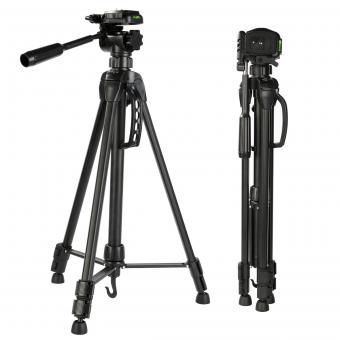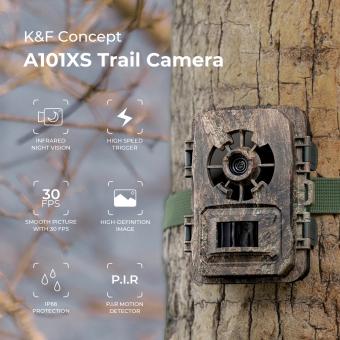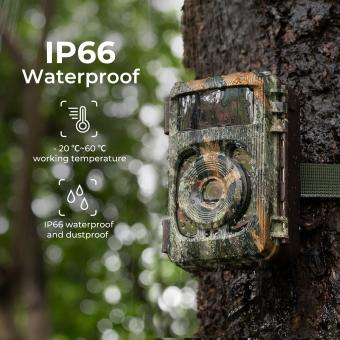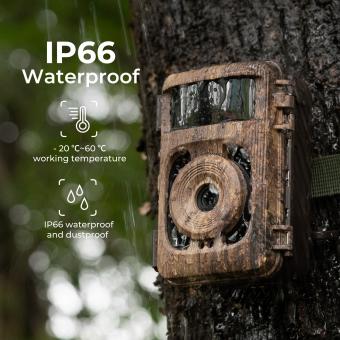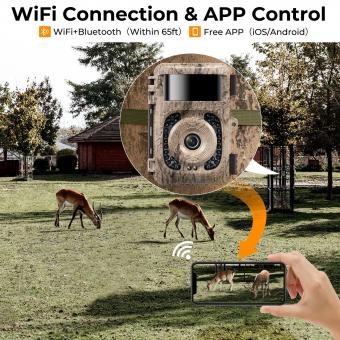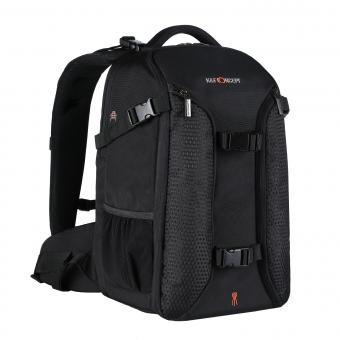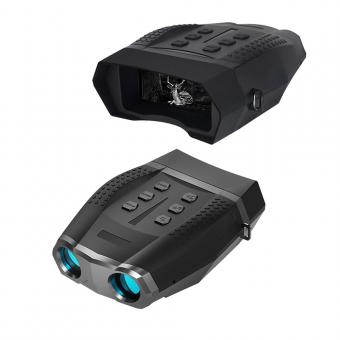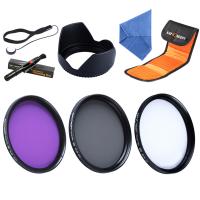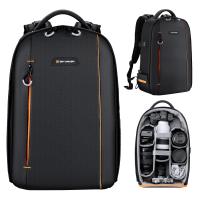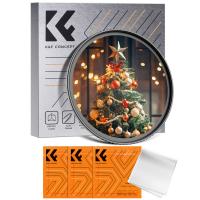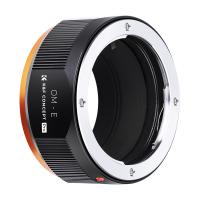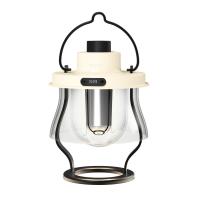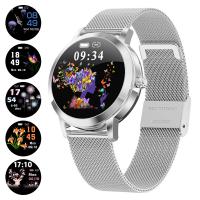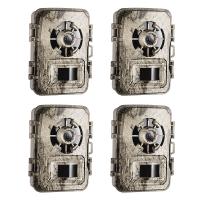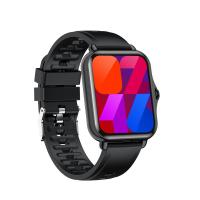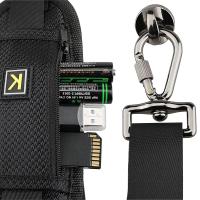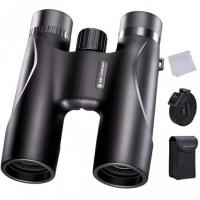How Far Does A Camera Flash Reach?
Understanding the Reach of a Camera Flash: A Comprehensive Guide
Photography is an art that relies heavily on light. Whether you're a professional photographer or an enthusiastic hobbyist, mastering the use of light can significantly enhance the quality of your images. One of the most critical tools in a photographer's arsenal is the camera flash. However, a common question that arises is: "How far does a camera flash reach?" This article aims to provide a detailed exploration of this topic, addressing various factors that influence the reach of a camera flash and offering practical tips to optimize its use.
The Basics of Camera Flash
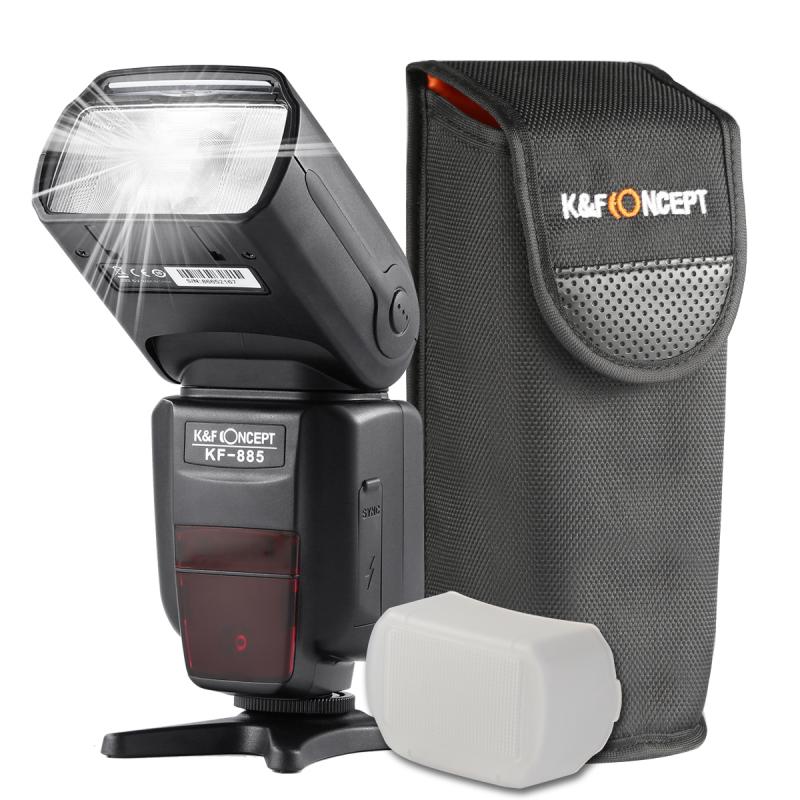
Before diving into the specifics of flash reach, it's essential to understand the basic function of a camera flash. A flash is a device used in photography to produce a brief burst of light, helping to illuminate a scene. This is particularly useful in low-light conditions or when the subject is backlit. The primary purpose of a flash is to provide sufficient light to capture a well-exposed image.
Factors Influencing Flash Reach
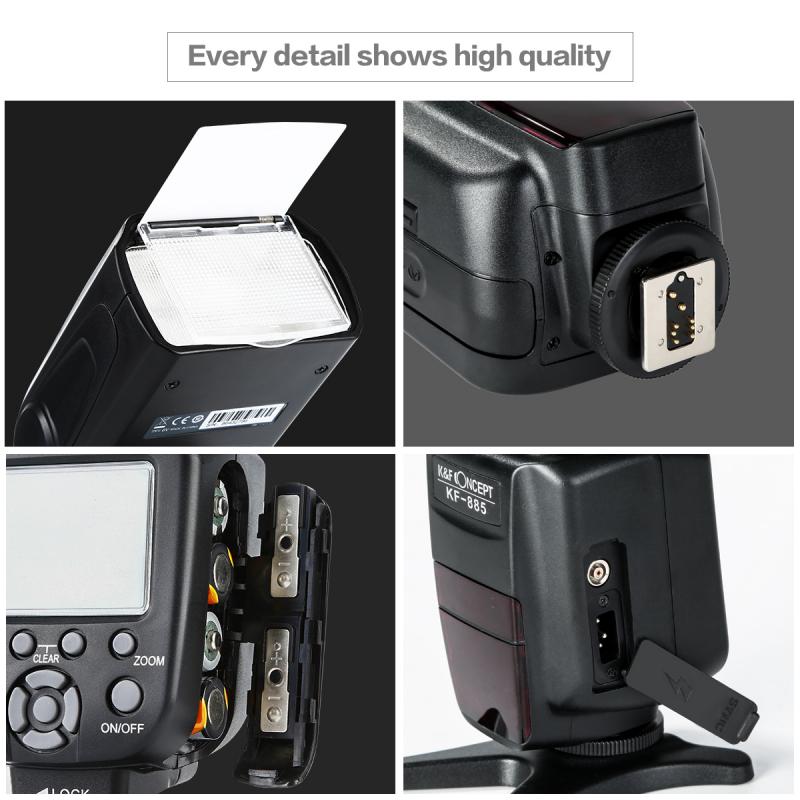
Several factors determine how far a camera flash can reach. These include the flash's power, the camera settings, the environment, and the type of flash used. Let's break down each of these factors:
1. Flash Power
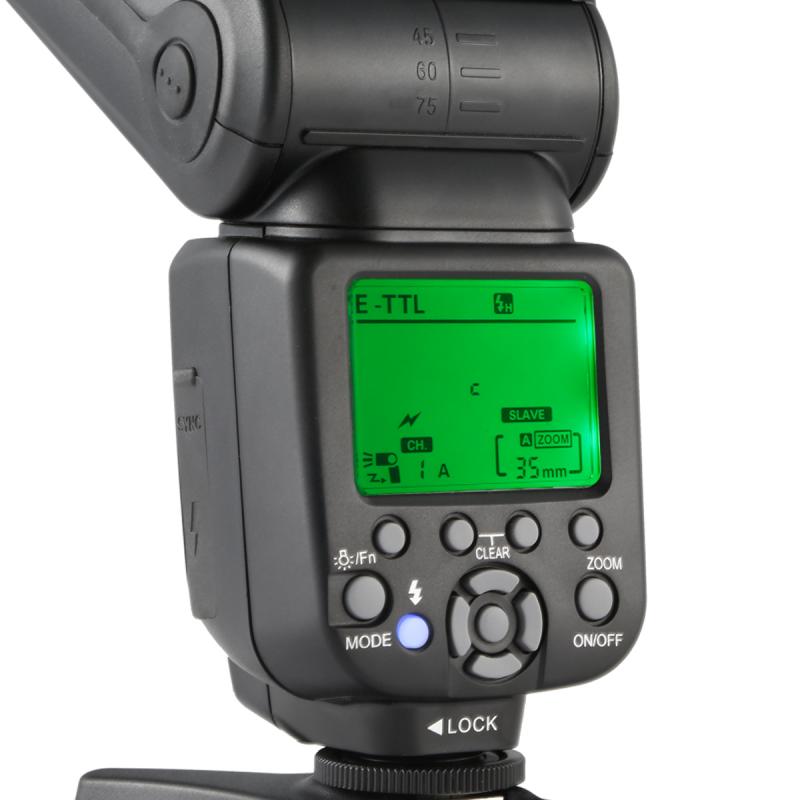
The power of a flash is measured in terms of its Guide Number (GN). The Guide Number is a metric that indicates the maximum distance at which a flash can adequately illuminate a subject. The higher the GN, the more powerful the flash. For instance, a flash with a GN of 60 can reach farther than one with a GN of 30. However, it's important to note that the GN is also influenced by the camera's ISO setting and aperture.
2. Camera Settings

The camera's ISO setting and aperture play a significant role in determining the effective reach of a flash. A higher ISO setting increases the camera's sensitivity to light, allowing the flash to illuminate subjects at a greater distance. Similarly, a wider aperture (lower f-number) allows more light to enter the camera, extending the flash's reach. However, increasing the ISO can introduce noise into the image, and using a wide aperture can reduce the depth of field.
3. Environment
The environment in which you're shooting also affects the reach of your flash. In an open space with minimal obstructions, the flash can reach farther. Conversely, in a confined space with walls or other reflective surfaces, the light from the flash can bounce back, reducing its effective reach. Additionally, atmospheric conditions such as fog, rain, or dust can scatter the light, diminishing the flash's range.
4. Type of Flash
There are different types of flashes, including built-in flashes, external speedlights, and studio strobes. Built-in flashes typically have a lower GN and, therefore, a shorter reach. External speedlights are more powerful and offer greater flexibility in terms of positioning and control. Studio strobes are the most powerful and are used in professional settings to illuminate large areas or subjects at a considerable distance.
Practical Tips for Optimizing Flash Reach
Understanding the factors that influence flash reach is crucial, but knowing how to optimize these factors can make a significant difference in your photography. Here are some practical tips to help you get the most out of your camera flash:
1. Use an External Flash
If you're serious about photography, investing in an external flash can be a game-changer. External flashes, or speedlights, offer more power and flexibility compared to built-in flashes. They allow you to adjust the angle and direction of the light, providing better control over the illumination of your subject.
2. Adjust Camera Settings
Experiment with your camera's ISO and aperture settings to find the optimal balance between light sensitivity and image quality. Increasing the ISO can extend the flash's reach, but be mindful of the potential for increased noise. Similarly, using a wider aperture can help, but consider the impact on depth of field.
3. Use Light Modifiers
Light modifiers such as diffusers, reflectors, and softboxes can help control the spread and intensity of the flash. Diffusers soften the light, reducing harsh shadows and creating a more even illumination. Reflectors can bounce light onto the subject, effectively increasing the reach of the flash. Softboxes provide a larger, more diffused light source, ideal for portrait photography.
4. Position Your Flash Strategically
The position of your flash relative to the subject can significantly impact the quality of light. Off-camera flash techniques, where the flash is positioned away from the camera, can create more dynamic and flattering lighting. Using wireless triggers or sync cables, you can experiment with different flash positions to achieve the desired effect.
5. Consider the Environment
Be aware of your shooting environment and how it affects the flash's reach. In open spaces, the flash can illuminate subjects at a greater distance. In confined spaces, use the reflective surfaces to your advantage by bouncing the flash off walls or ceilings to create a more diffused light.
The reach of a camera flash is influenced by various factors, including the flash's power, camera settings, environment, and type of flash used. By understanding these factors and applying practical tips, you can optimize the use of your camera flash to achieve better-lit and more professional-looking photographs. Whether you're shooting in low-light conditions, capturing portraits, or working in a studio, mastering the use of your camera flash can significantly enhance your photography skills. Remember, practice and experimentation are key to finding the perfect balance and achieving the desired results.


